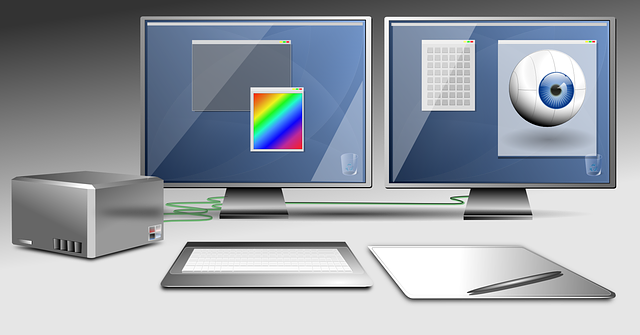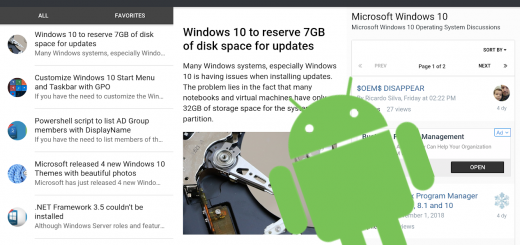Improved Multiple Monitor Refresh Rates Coming to Windows 11
Microsoft is working to make it easier to use multiple high-refresh rate monitors with Windows 11. The company is testing an update that automatically adjusts the refresh rates on monitors based on the content that’s being displayed. The new feature should save power and reduce GPU fan usage.

With this improvement, different monitors can use different refresh rates, depending on the content shown on each screen. This is especially useful for tasks that rely on refresh rates, like playing games while watching videos simultaneously.
Using multiple monitors with high refresh rates can increase the power consumption of your graphics card. Some graphic cards already have a feature called zero RPM mode, which keeps the fans off even when watching videos on a single monitor. However, adding a second high-refresh-rate monitor often disables this mode, causing the GPU fans to spin at high refresh rates on both monitors.
Now, with Microsoft’s update, GPUs should maintain zero RPM mode and only switch to higher refresh rates on different monitors based on the content being used. This means the GPU fans will not spin unnecessarily if you have both monitors at high refresh rates. Until now, to keep the zero RPM mode on multiple monitors, users had to manually lower the secondary monitor’s refresh rate.
Additionally, Windows 11’s latest Canary Channel builds include Dynamic Refresh Rate (DRR) improvements for laptops. If the battery-saver mode is enabled, Windows 11 will lower the laptop screen’s refresh rate until the battery-saver mode is disabled, thus saving battery life.
These refresh rate improvements are currently being tested in Windows 11 test builds and are expected to be available to all Windows 11 users in the next few months.













